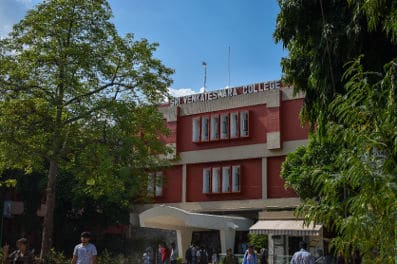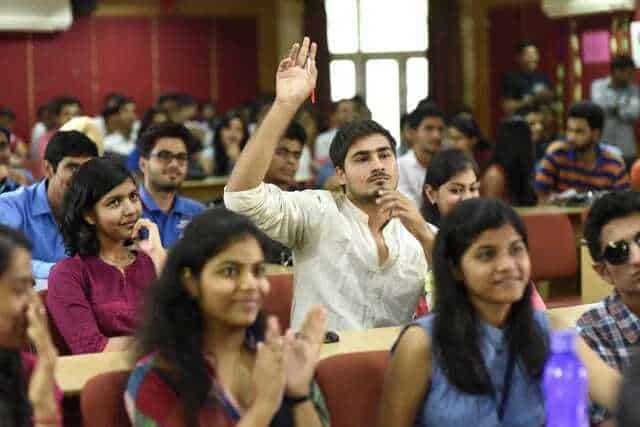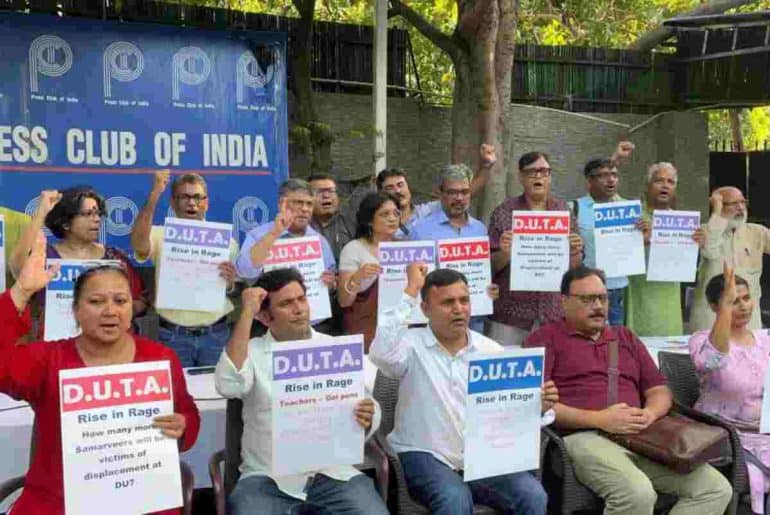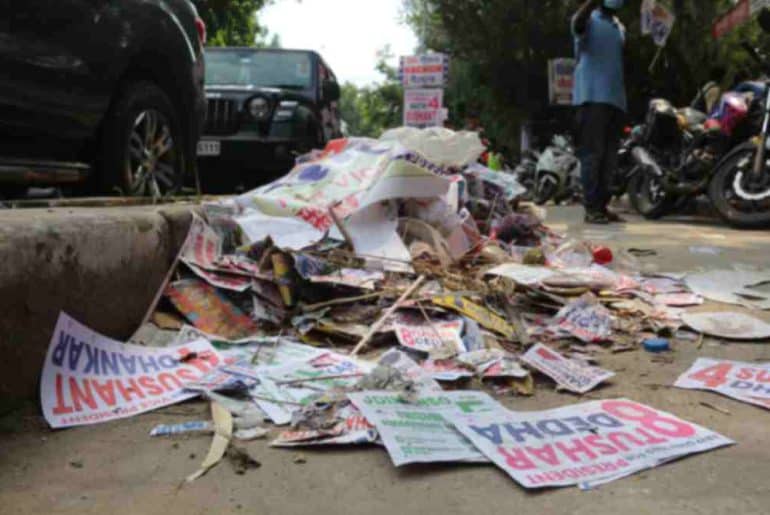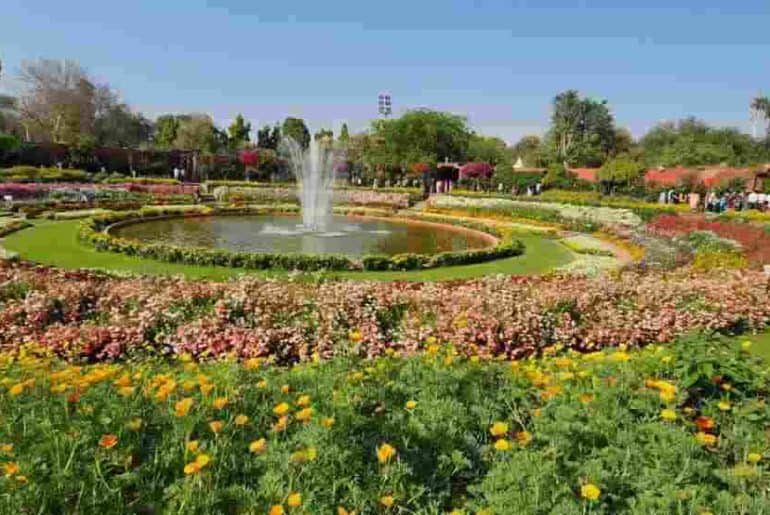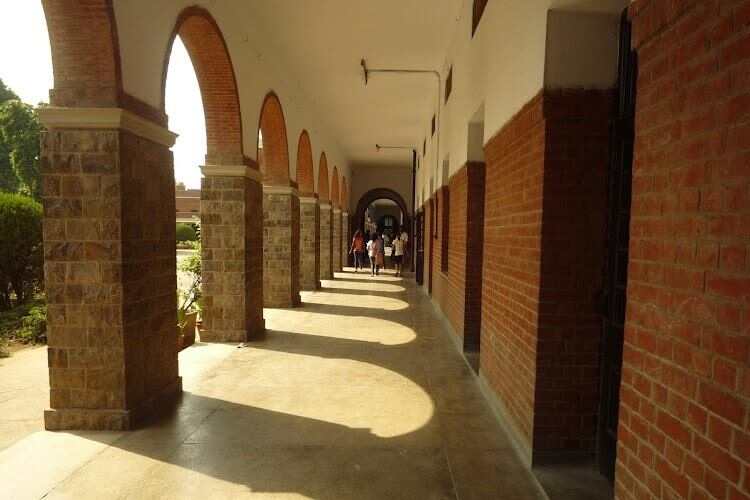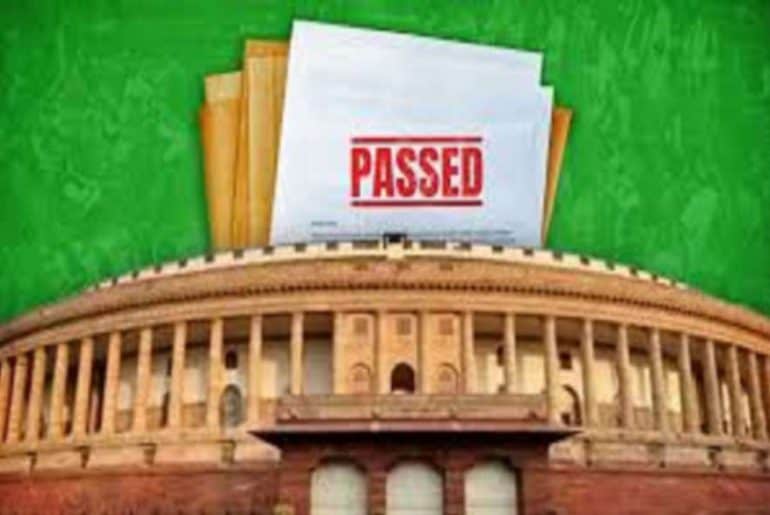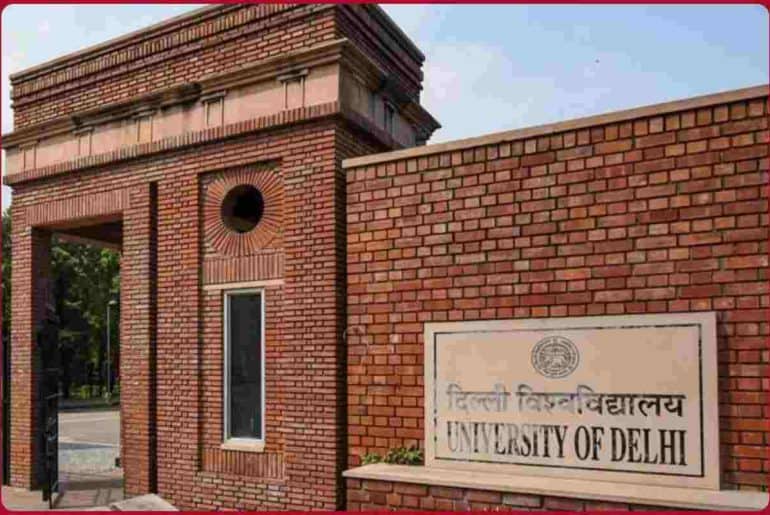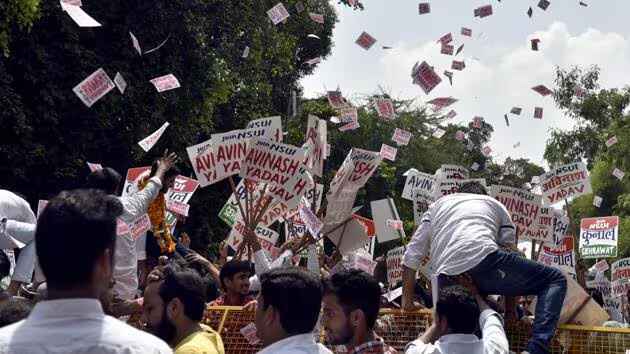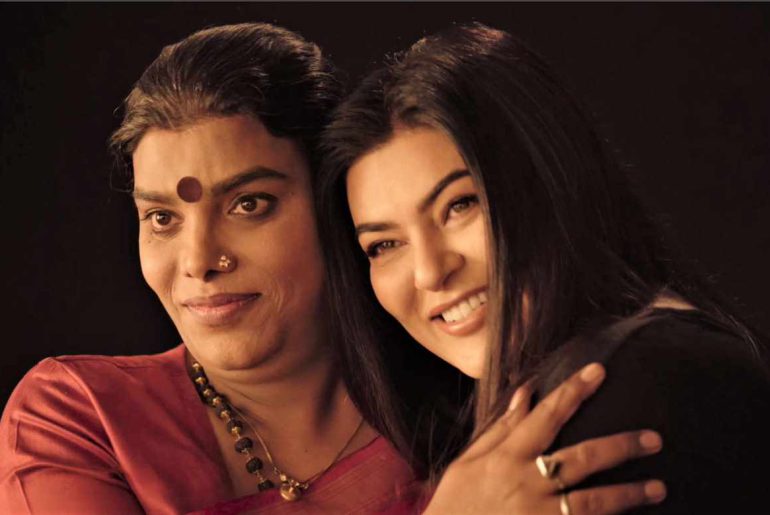From the recurrence of several ‘misogynistic incidents’ perpetrated by society members, negligence of supervision, to ‘targeted bullying’, we uncover the dark side of Sri Venkateshwara College’s Film-making Society, ‘Effulgence Films’.
Sri Venkateshwara College’s film-making society, ‘Effulgence Films’, is one of the reputed societies within the Delhi University circuit, with several productions across the year. However, beyond the disguise of ‘galaxies of creativity’ lies the truth about the ‘toxic and horrible’ working space that society provides, as several sources allege.
Flashing back to January of the present year, a student from Sri Venkateshwara College, in conversation with DU Beat, claims that a ‘highly problematic incident’ took place within the society circle, which was reported to the Internal Complaints Committee with the signatures of several students within the society. Following this, several members of the society who were ‘traumatised’ by the event left the society. The Internal Complaints Committee of the college, after conducting a six month-long sequence of hearings, removed the perpetrators from the society in June- two of them, who were also a part of the core within the FilmSoc.
Moreover, the other societies within the college had also released a Statement of Condemnation following the ‘horrible incident’. Some parts of it read as follows:
As of today, 11 members of Effulgence, The Filmmaking society of SVC have taken the decision to leave the society post after a series of events over the course of the past few months.
There has been a culture of toxicity pervasive in Filmsoc centred around misogyny. Female directors and writers were constantly spoken over and have had projects taken over by arrogant men whose memberships weren’t removed even after being given repeated warnings as they were considered “cherished assets”. The general nature with which women who spoke up were treated, how female members of the core were called “token women” and mocked behind their backs, called trash “to be cleaned out,” and how instances of objectification were treated as dismissible, is utterly appalling.
However, despite being legally removed from the society by the college ICC, the perpetrators continued to be a part of official FilmSoc events like the recent Indian Film Project (IFP), openly participating in film shootings and so on.
“The convenor of the society was also present throughout the ICC hearings. However, no action was taken against the perpetrators re-entering society-circles despite being banned by the ICC.”
A student at SVC.
Despite legal procedures kicking in and several call-outs, the society space still remains a home ground of toxicity, with rampant groupism, the core isolating other core members, targeted bullying, and the list goes on.
“The new core has also been formed out of the friends of the previous perpetrators, who are extremely close with each other and sideline the work and opinions of other members. The society has two Presidents and one of them was removed by the core for speaking out against their sexist behaviour. It is a horrible space to work for women, and if anybody raises their voice, they condemn it with “Zyada woke mat bano!” (Don’t be too woke).”
Sources within SVC.
Students also claim that the Filmmaking society has been a trap for this cycle of toxicity for several years, but recent events show that ‘they can do anything and everything and get away with it’. Members are not given due credit for their ideas if they are not too close with the core, and the January incident is often shoved under the carpet with “Ek hi incident tha, forget about it!” (It was just one incident,;forget about it!).
“But that one incident left so many within and without the society traumatised.”
alleges a student at SVC.
Pin-pointing at this culture of toxicity, the statement of condemnation further elaborates that:
“The focus of the society has also severely detracted from filmmaking, with the creatives constantly undermined and put second to those with logistics prowess. Apart from this, the dirty politics of keeping friends of friends in power as well as recruiting and raising many inactive members within the society just for the “vibes” were unjust and demotivating.”
Hitherto, coming to the “vibes”, the society has also been proving to be an unfair space for the freshers and new-recruits who are unaware of the ongoing-climate of the FilmSoc.
“Considering how freshers are new to the college climate, all societies in the college must strive to create a safe atmosphere for them, as freshers are unaware of the power dynamics existing within societies and are desperate to do anything in order to join the society. However, in an ice-breaking event of the FilmSoc, freshers were asked to go down on their knees and propose to seniors and dance with them, which could be uncomfortable for any newbie in college.”
– a student at SVC.
Moreover, students also pin-point several ‘triggering instances’ taking place during the recruitment process of the FilmSoc as well:
“The core members were drunk during the recruitment process and were openly consuming alcohol. Also, the interview questions were nowhere related to FilmSoc, and they were like, “Are you into drugs?”, “Do you drink?” or “Do you have a flat where we can party?”. What sort of climate is this society going to provide to the new-comers?”
The Internal Complaints Committee of the college claims that no incidents were reported after the procedures of the January incident. However, students claim that they were too ‘traumatised and triggered’ to have the courage to talk about such incidents in fear of ‘targeted bullying’.
The Statement of Condemnation concludes by saying that:
“We have time and again tried our best to endure everything and work professionally with these people. However, we were disrespected amongst their circles and within the larger society. So, at the very least, we seek to make this public now, as it is only fair that in the future, people will be aware of the culture that permeates this society and cognizant of the environment they are interacting with.”
While societies form an integral part of the ‘DU culture’ and a beneficial part of the self-development and growth during college years, unhealthy spaces can leave a lasting impression on many. It is imperative to raise your voice against unjust practices and foster safe spaces within campus.
Read Also: North-Eastern Student of Hindu College Faces Racially-Motivated Attack
Featured Image Credits: Arush Gautam for DU Beat
Priyanka Mukherjee

